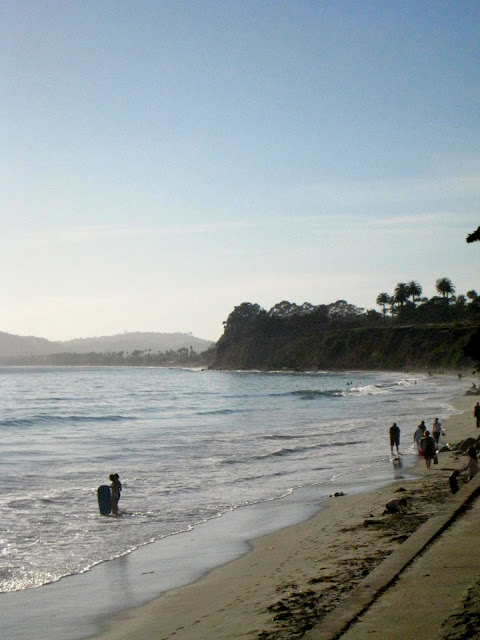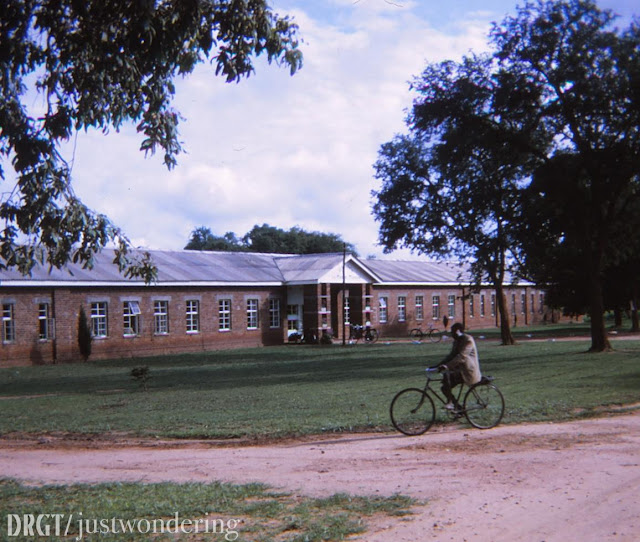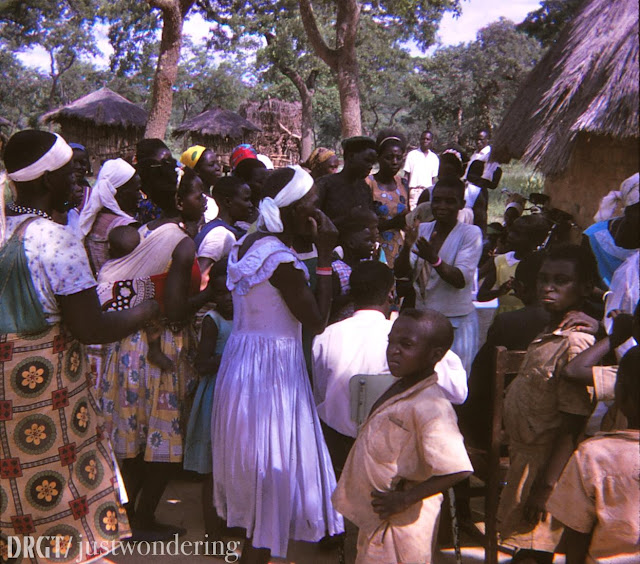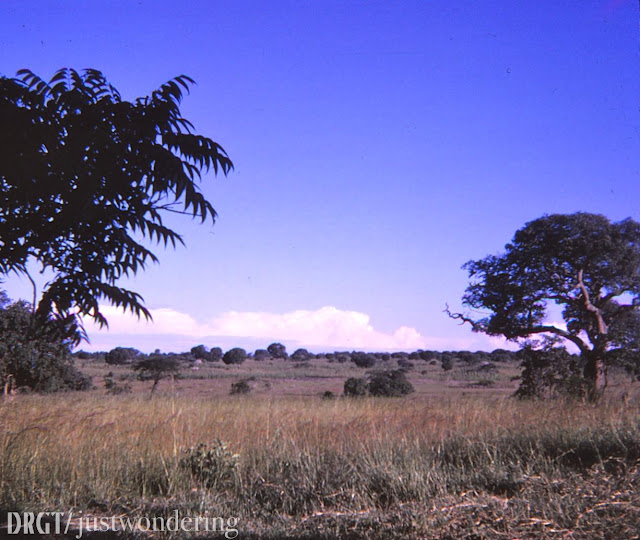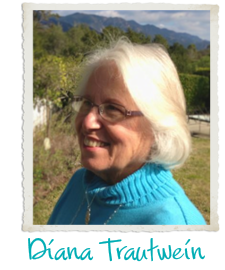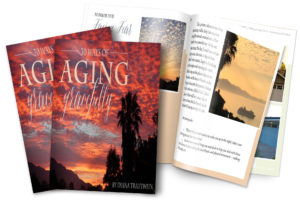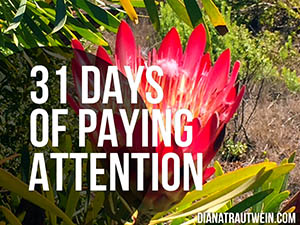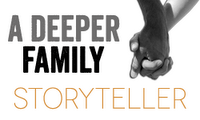This tiny guy, however, was content to just drift a bit,
taking in the sights,
enjoying the beauty of a suddenly balmy day
after a tender taste of real fall weather late last week.
Then a bit bigger boat came into my sight line,
looking sleek and intentional.
Again, he was heading down the coast.
Suddenly, the meandering mellow guy
began to rev up the engine,
and before I knew it,
I had an interesting shot –
the islands in the distance,
the oil derricks in silhouette,
and two ships, passing in the daylight.
And just before it was time to move my office
to a parking spot in front of a favorite restaurant
(yes, lunch with a friend is an appointment, right?),
one final flourish from a small craft heading up the coast.
Perhaps this was the first guy heading home?
Perhaps this was boat number 4 in 40 minutes?
Perhaps it was time for me to put the camera DOWN,
and write a bit?
I did grab a few ideas here and there,
and quite possibly some of those will
show up here or at
A Deeper Story/Deeper Family/Deeper Church.
Who knows?
All I know for sure is this:
today’s office visit(s)
were rich with reminder
that I am – truly –
being saved by beauty as I walk through each day.
O Lord, may I have eyes to see!









